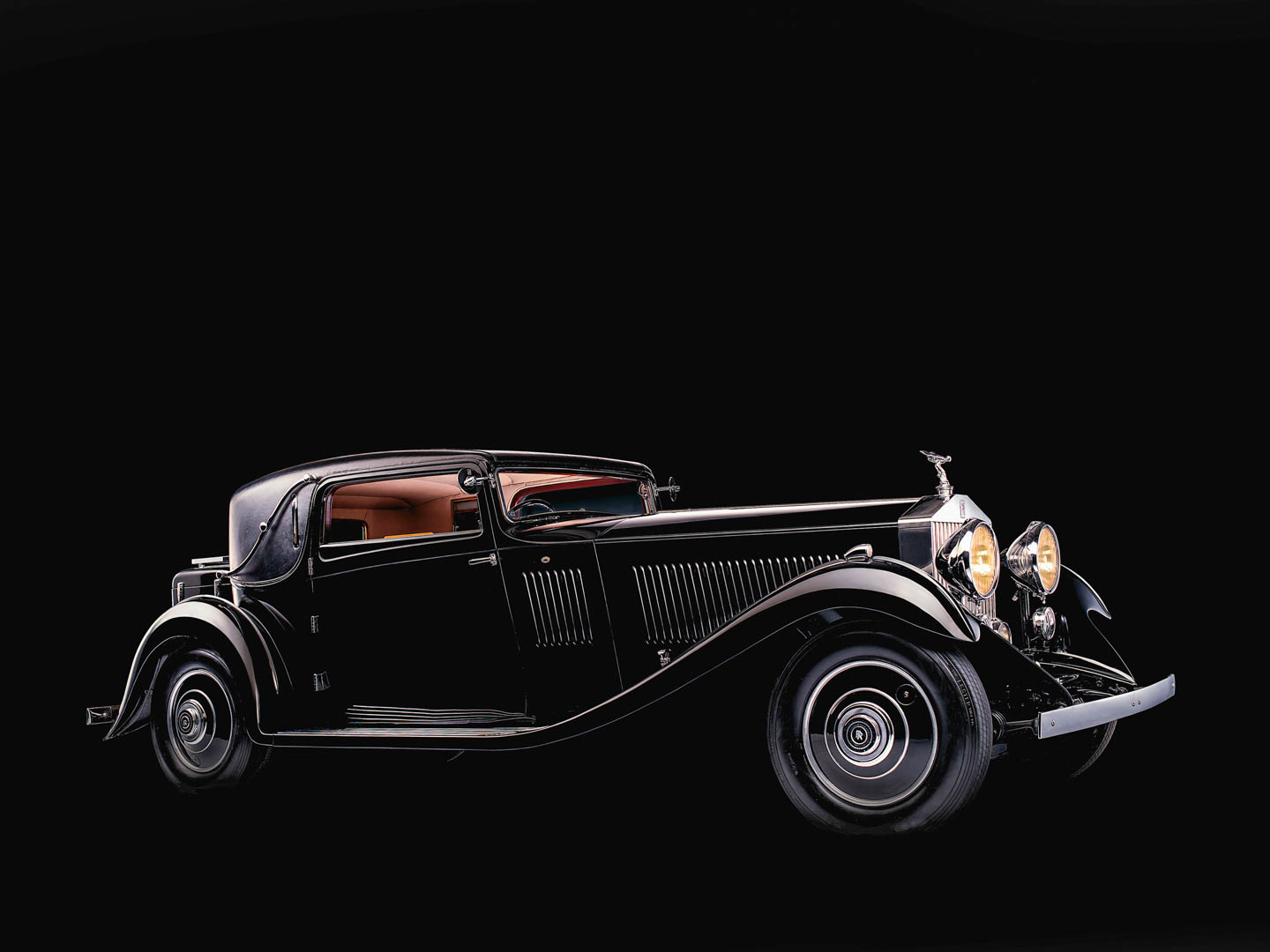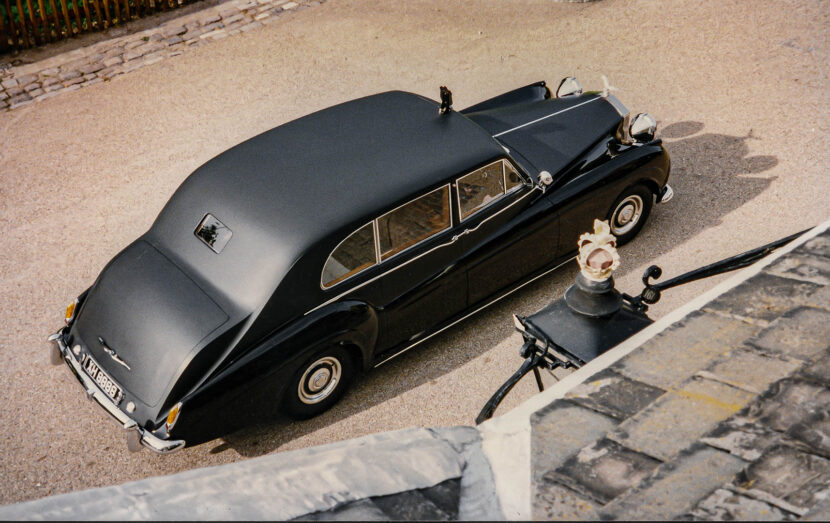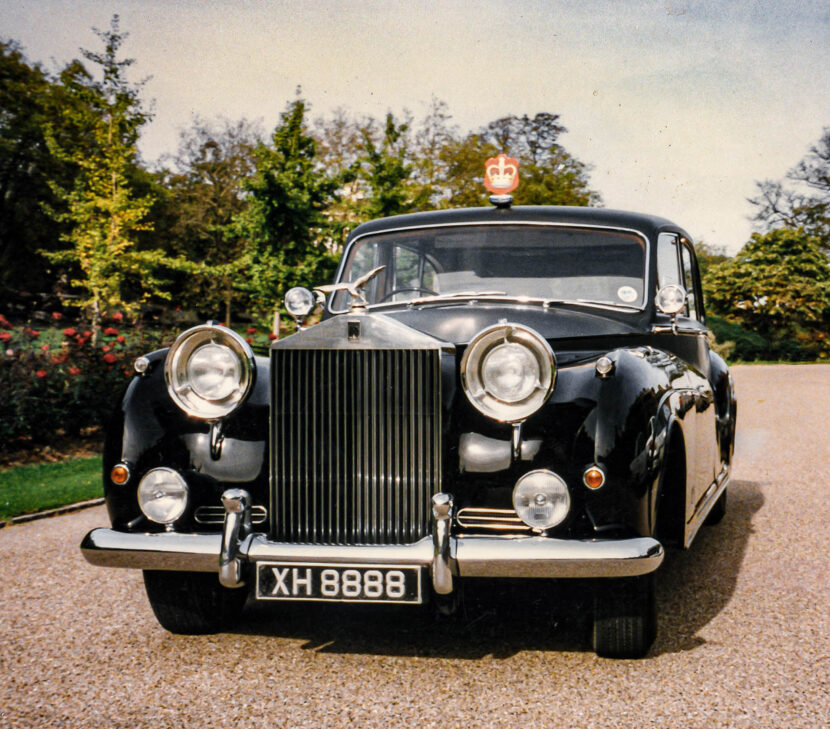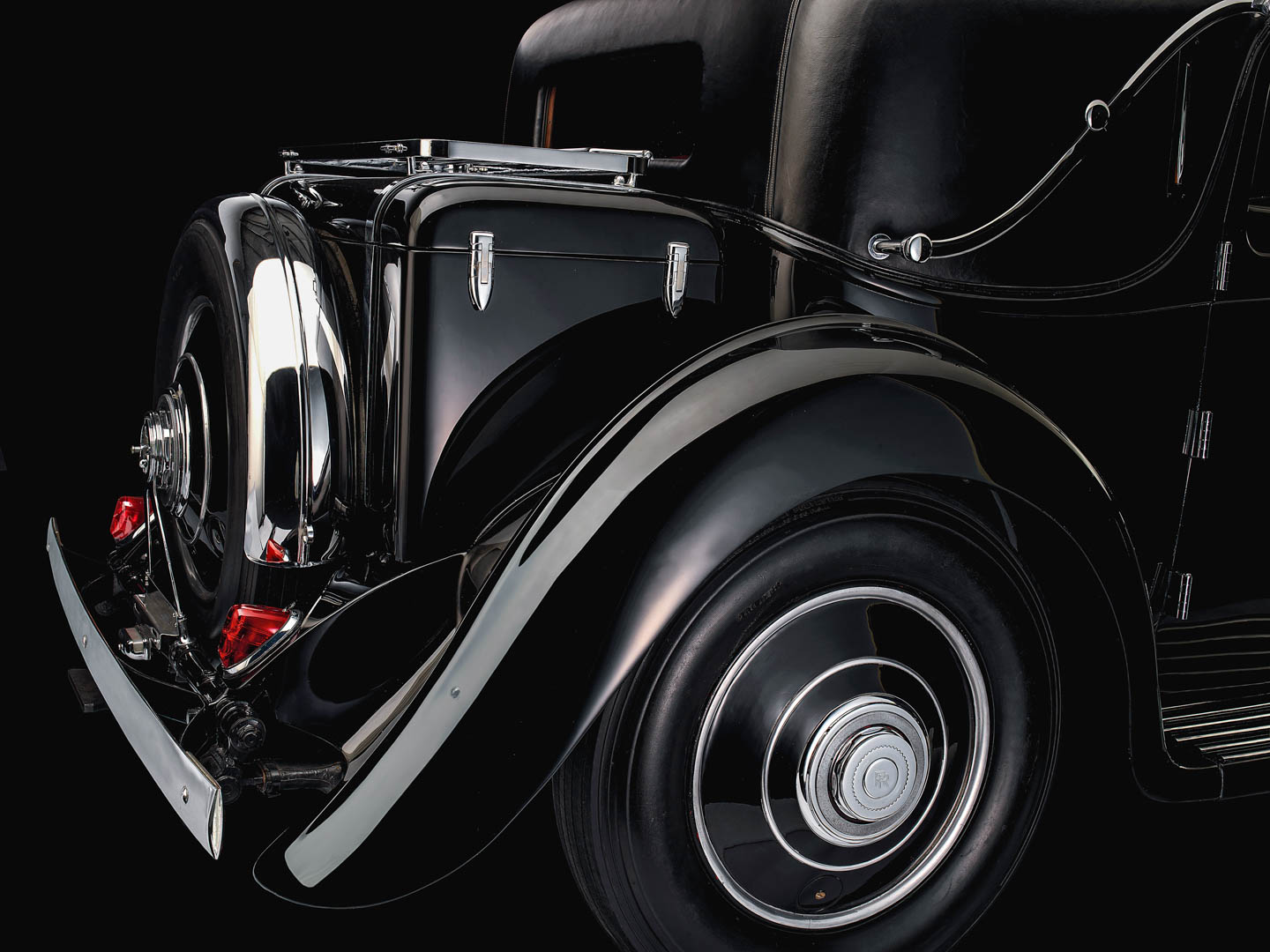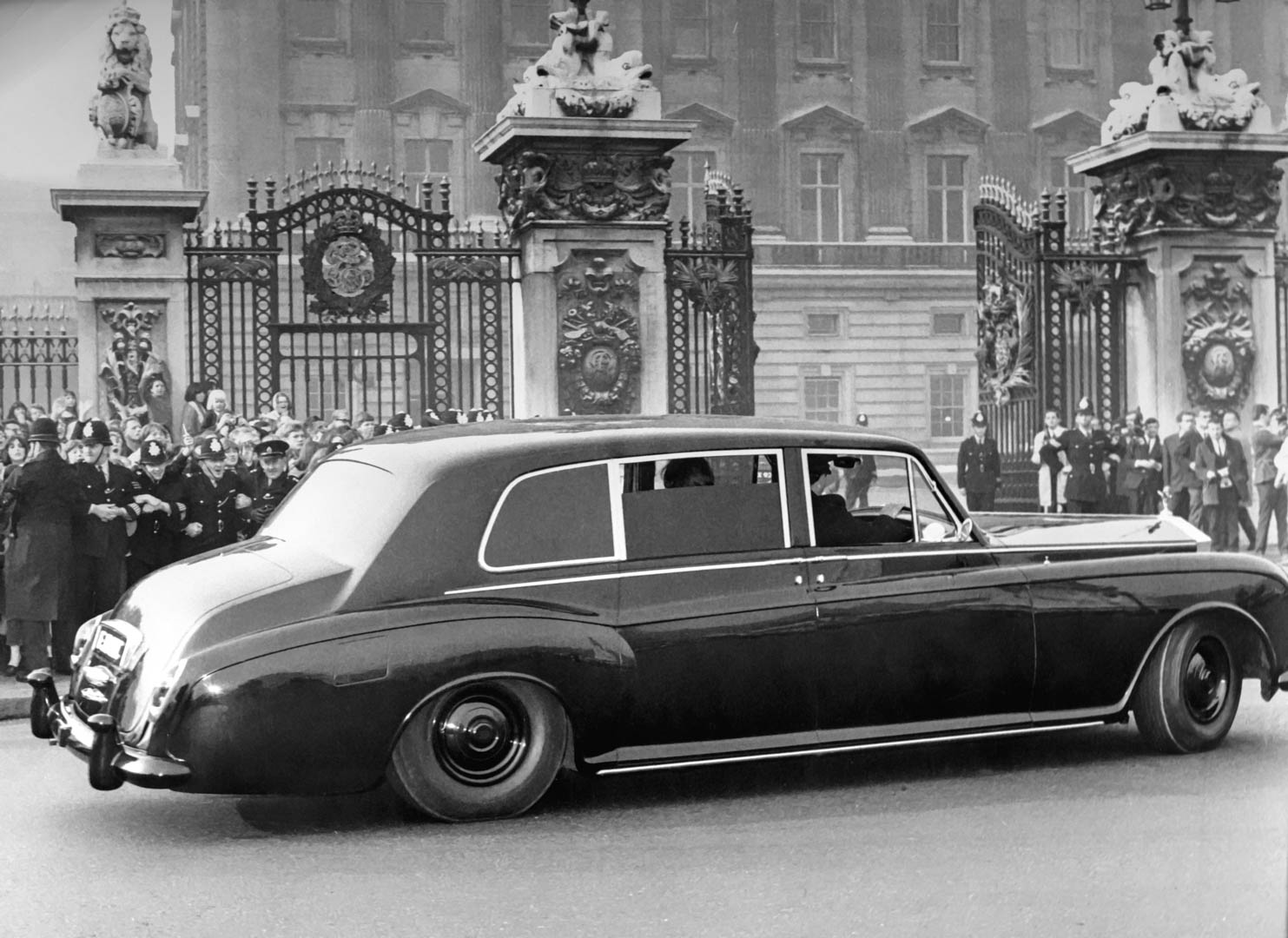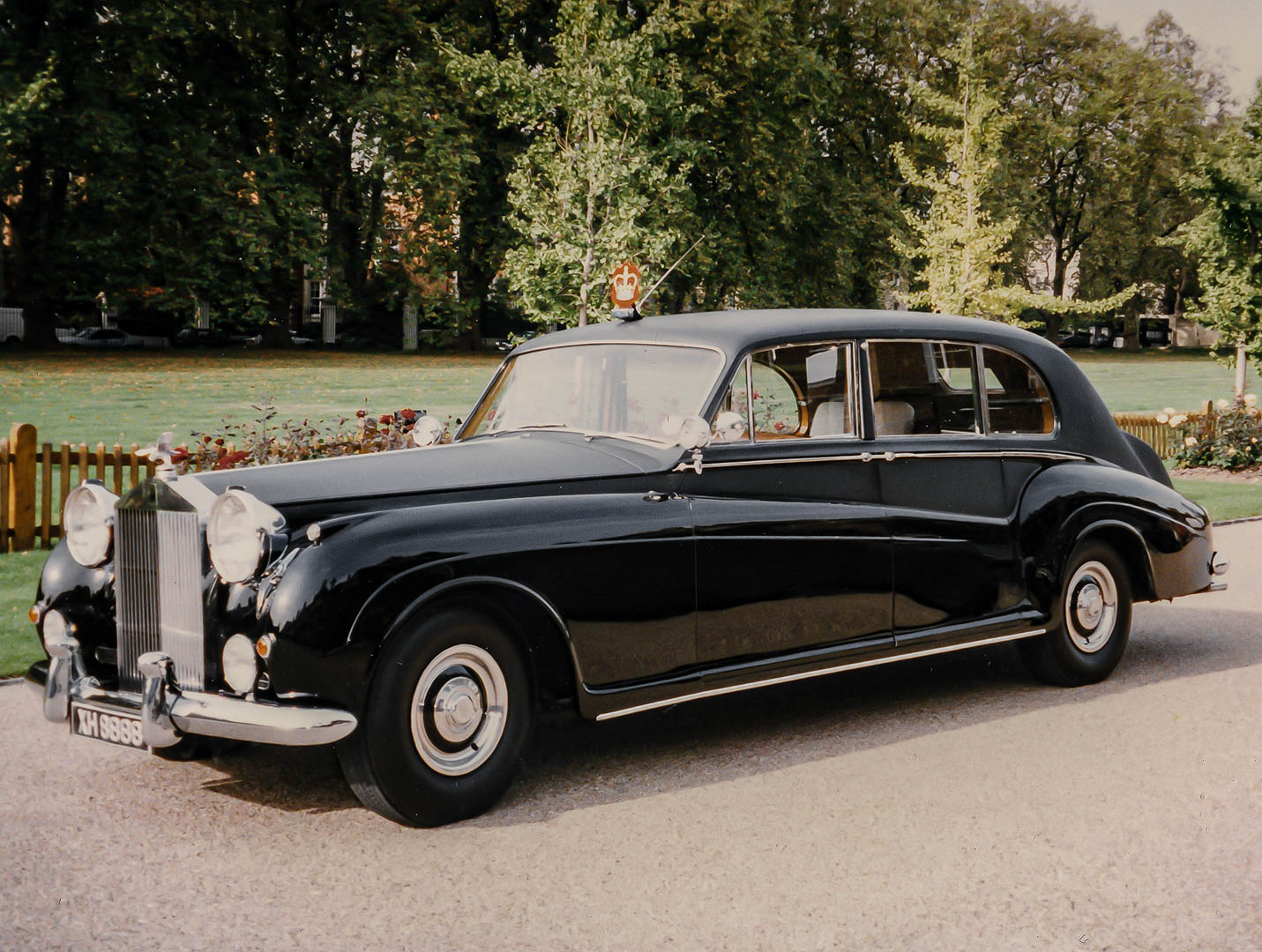Traditional Rolls-Royce customers and many old-school enthusiasts tend to scoff at the idea of the brand’s Black Badge models. Designed to appeal to younger audiences, Rolls-Royce Black Badge cars are more about being dark and stylish than being traditionally luxurious. That new style, having started in 2016, typically annoys the old-hat enthusiasts but Black Badge models are some of the brand’s most popular models, due to the ever-growing number of young wealthy people.
Despite the curmudgeonly backlash, Rolls-Royce Black Badge models also aren’t as far away from the brand’s ethos as many naysayers might think. In fact, the idea of dark, sexy, stylish Rolls models is one that dates back to the beginning of the brand. Several special edition Rolls’ throughout history, dating back as early as the 1930s, were black with black accents. The color black has long been synonymous with power, style, and wealth, making it a great fit for the brand.
Cars like the 1933 Rolls-Royce Phantom II Continental, which featured a short wheelbase, a four-seat “saloon” body style, and two spare tires for long-distance continental grand touring, wore a very black color scheme at the direct request of Henry Royce.
In 1960, Prince Richard, The Duke of Gloucester, took delivery of a Rolls-Royce Phantom V (5AT30) and it featured a matte black finish, which was highly unusual for the time. A matte black Rolls-Royce sounds more like a footballer’s car from 2021 but this one was owned by a member of the royal family, back in 1960.
So as young and brash as Black Badge Rolls-Royce models are — and admittedly they sort of intentionally are a bit brash — there’s heritage to making such models. The idea that a Rolls-Royce must also be stately and reserved isn’t actually that accurate. Black Badge models are quite cool in many ways and they have certainly been effective. Rolls brings in more young customers than ever before and Black Badge models are a huge reason why.


